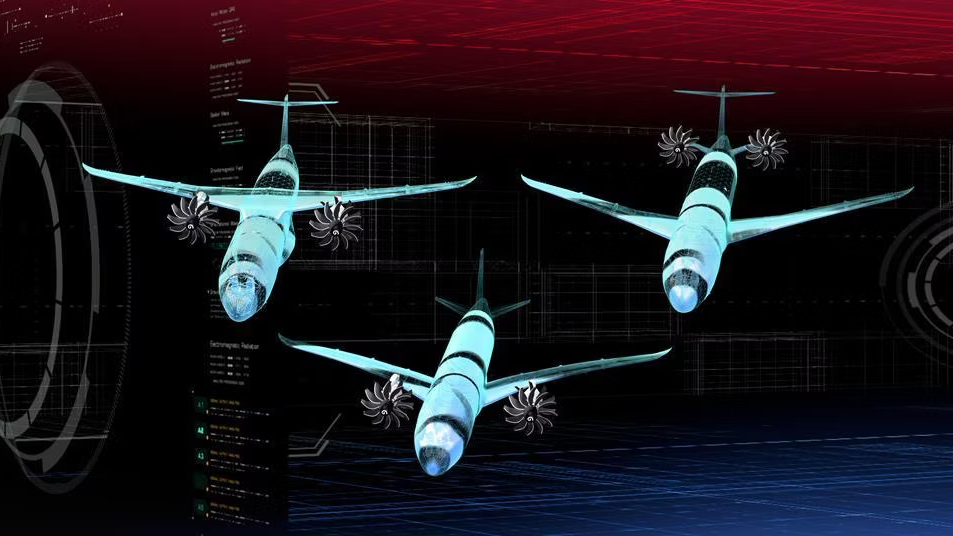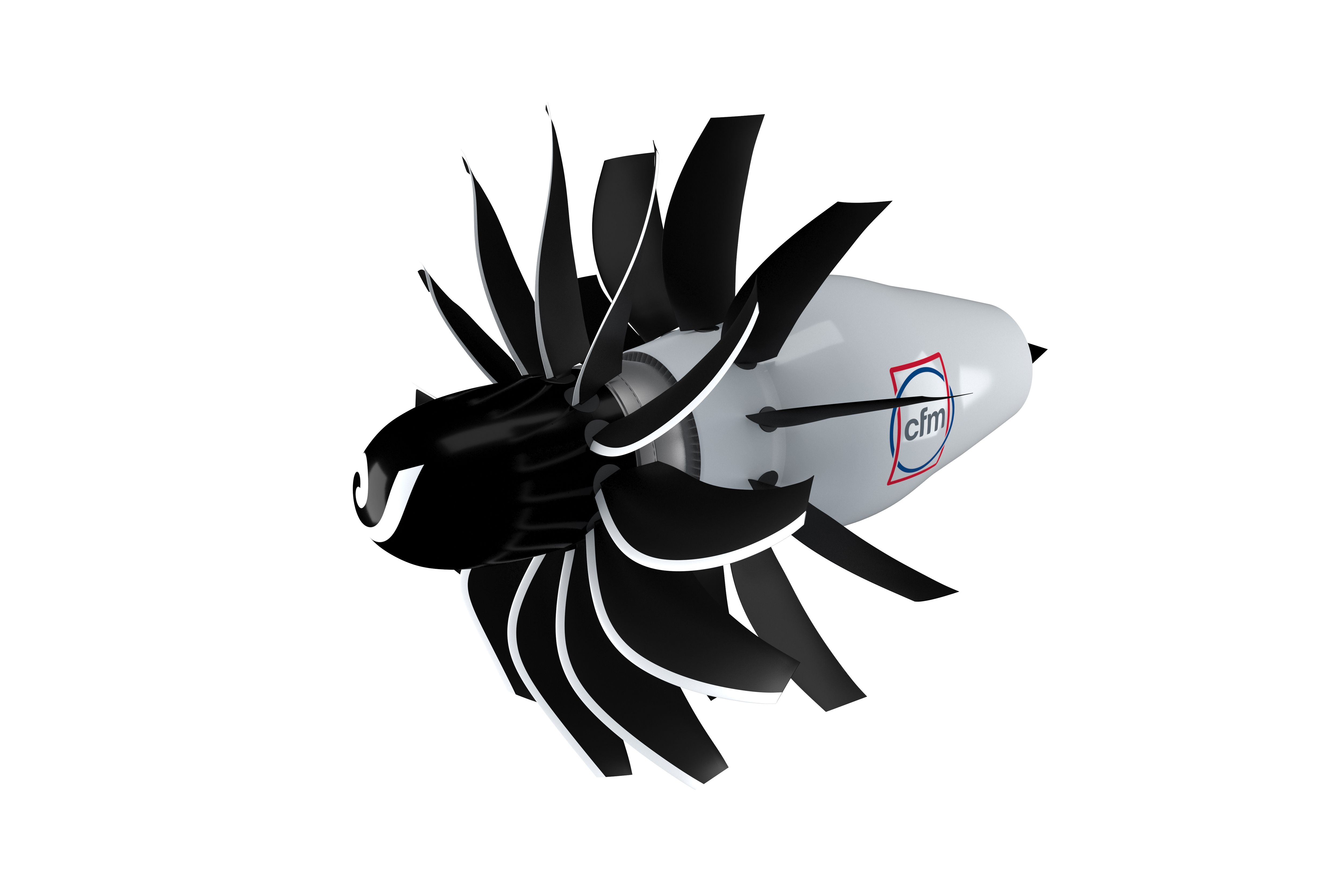Summary
- CFM International is developing an open fan engine architecture through its RISE program to increase fuel efficiency and reduce carbon emissions in next-generation engines.
- The technology features variable pitch compressor blades, modulating stator vanes, advanced low-pressure turbines, a compact core, and hybrid electric solutions.
- CFM aims to achieve a 20% reduction in fuel and carbon emissions, and the technology will be compatible with alternative fuels like SAF and hydrogen.
CFM International (CFM), a joint venture between GE Aviation and Safran Aircraft Engines, is a leading manufacturer of modern jet engines. Irrespective of the fuel efficiency of modern engines, air travel is responsible for a majority of transportation-related carbon emissions. In a continuous effort to increase fuel efficiency, CFM is developing an open fan engine architecture for its newest venture, the CFM RISE program.
From variable pitch compressor blades and modulating stator vanes, the RISE program will feature advanced materials and novel design to revolutionize the jet engine efficiency of future engines. This article highlights the upcoming technology developed by CFM and its potential in next-generation engines.
Covering all angles
Piecing together architecture, aerodynamics, and materials, the open fan approach utilizes features that are at the forefront of technology. CFM International is combining variable pitch blades, modulated pitch outlet guide vanes, advanced low-pressure turbines, a compact core, and hybrid electric solutions.
At the Sustainable Skies World Summit 2022 in Farnborough, England, which Simple Flying attended, CFM International president and CEO Gaël Méheust highlighted that RISE technologies will serve as the foundation for the next-generation CFM engines.
The company notes the importance of technology acquisition and maturation amid its efforts, leading to a 20% reduction in fuel and carbon emissions. Moreover, the tech will be fully compatible with alternative fuels such as SAF and hydrogen, which are also crucial in the sustainability mission.
The innovation continues
Major breakthroughs in efficiency in the history of aviation were all achieved by new systems that gave way to larger fan sizes and greater bypass ratios. CFM adds that the physics of propulsive efficiency, which is a measure of an engine’s ability to create thrust using more air, needs exactly this. Altogether, to obtain the highest level of fuel efficiency, the largest quantity of air must be propelled at the lowest exhaust velocity.
CFM states the following:
“The pursuit of ever-increasing propulsive efficiency has driven the growth of engine fan diameter in commercial jet engines over the past five decades. This progression is ultimately leading to open fan concepts. LEAP Open fan concept Propulsive efficiency For more information, see appendix about propulsive efficiency Although high bypass architectures can be seen in the form of turboprops on slower flying and shorter-range regional aircraft today, the open fan architecture to be demonstrated as part of the RISE Program is nothing like a turboprop engine,
"This advanced, new generation open fan architecture will be able to fly at the same speed as current single aisle aircraft (up to Mach 0.8, or 80 percent the speed of sound) with a noise signature that will meet anticipated future regulations.”
Market leader
All in all, CFM and its parents have had a robust history of demonstrating open fan architecture. Today, there are many ways that an open fan engine can be installed. It can fit under the wings in a low or high configuration, or at the back of the plane.
With a strong presence in the industry, having been behind the engines of the likes of the Airbus A320neo and Boeing 737 MAX families, CFM has already begun conversations with officials to make sure that all associated certification and regulatory requirements are considered and agreed for open fan engines. There is no one silver bullet to reaching net-zero, something which CFM fully understands.
Méheust emphasizes that other fields such as the advancement of hydrogen fuel will be key in the journey, So, his business is collaborating closely with the likes of Airbus to introduce zero-emission aircraft in the coming years.
What are your thoughts about the CFM RISE program? What do you make of the work being done to lower emissions? Let us know what you think of the overall plans in the comment section.


